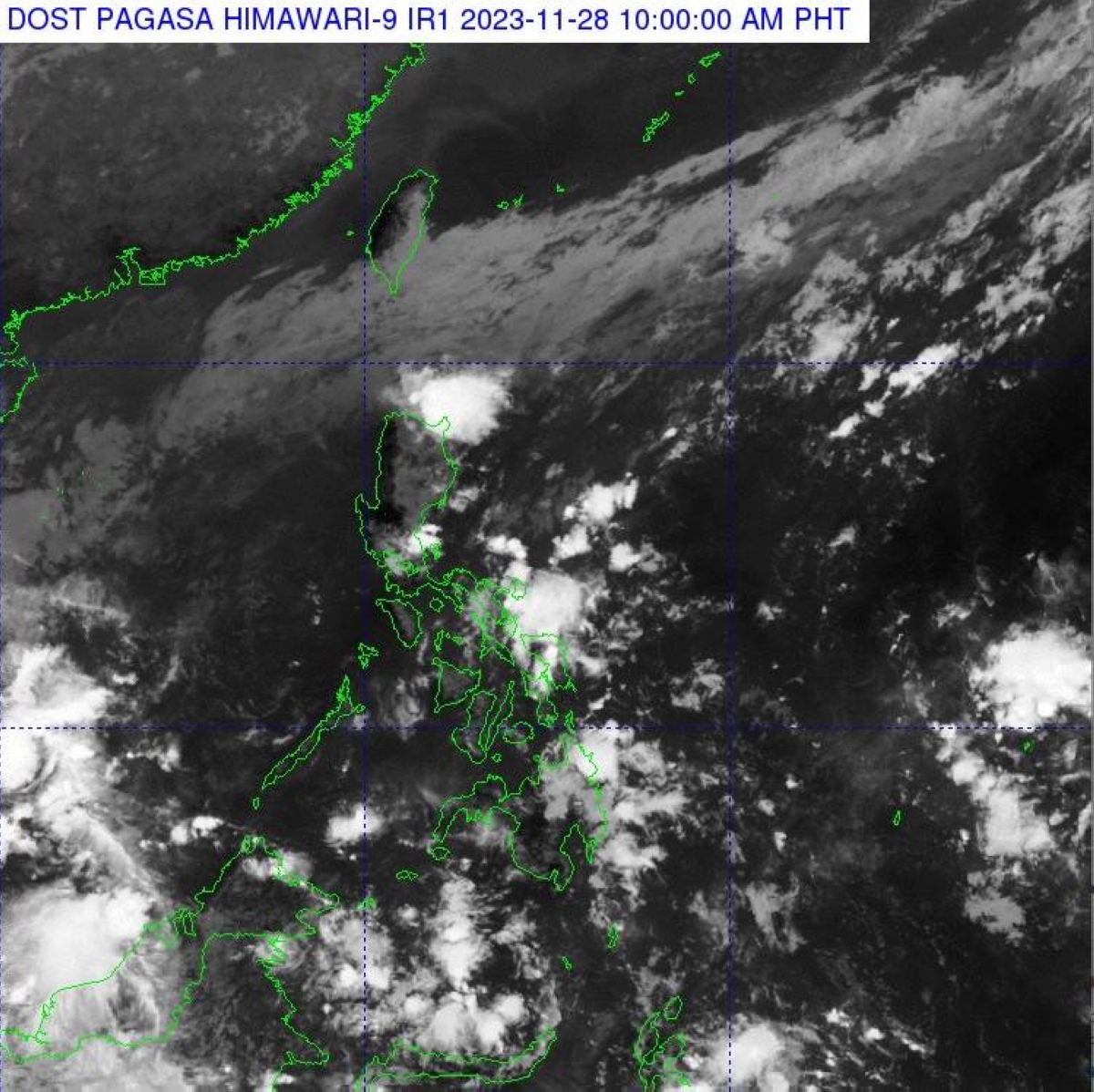The state-run weather agency, the Philippine Atmospheric Geophysical and Astronomical Services Administration (Pagasa), has announced that the entire Luzon, including Metro Manila, will experience isolated rain showers and thunderstorms in the next 24 hours. This weather pattern is attributed to the combined effects of the northeast monsoon, locally known as “amihan,” and the easterlies.
Pagasa weather specialist Patrick del Mundo clarified that no low-pressure area (LPA) has been detected within or outside the Philippine Area of Responsibility (PAR). Instead, the primary factor influencing the weather is the amihan, which brings cold winds from the northeast, often accompanied by rain, particularly on the eastern side of the country. Currently, overcast skies with rains are expected in Batanes, Cagayan, and Isabela due to the amihan.
Furthermore, the amihan is also affecting the Ilocos Region, Cordillera Administrative Region, and the rest of Cagayan Valley. In these areas, partly cloudy to cloudy skies with isolated light rains may prevail, according to the 5 a.m. advisory from the state weather bureau.
On the other hand, the easterlies, where hot and cold air converge, are influencing the weather conditions in the Bicol Region, Aurora, Quezon, Northern Samar, and Eastern Samar. These areas are likely to experience overcast skies with scattered heavy rains and thunderstorms.
For the rest of the country, isolated rain showers and thunderstorms are expected due to the combined effects of the easterlies and localized thunderstorms.
It is important to note that weather patterns can change rapidly, and it is advisable to stay updated with the latest forecasts from Pagasa or other reliable sources. Additionally, it is always recommended to take necessary precautions during inclement weather, such as staying indoors, avoiding flood-prone areas, and being aware of any local advisories or warnings.
Understanding the local weather conditions is crucial for residents and visitors alike. In the Philippines, the northeast monsoon, or amihan, is a significant weather phenomenon that brings cooler temperatures and increased rainfall to the northern part of the country. This is particularly important for farmers and those involved in agriculture, as the amihan plays a crucial role in determining planting and harvesting seasons.
The easterlies, on the other hand, are prevalent throughout the year and are responsible for the warm and humid weather experienced in many parts of the Philippines. The convergence of hot and cold air masses often leads to the formation of rain clouds and thunderstorms.
By understanding these weather patterns and their effects, individuals can better prepare for the changing conditions and make informed decisions regarding outdoor activities, travel plans, and overall safety.
Remember, weather forecasts are essential tools in planning and ensuring the well-being of individuals and communities. Stay informed, stay safe!
Source: The Manila Times







